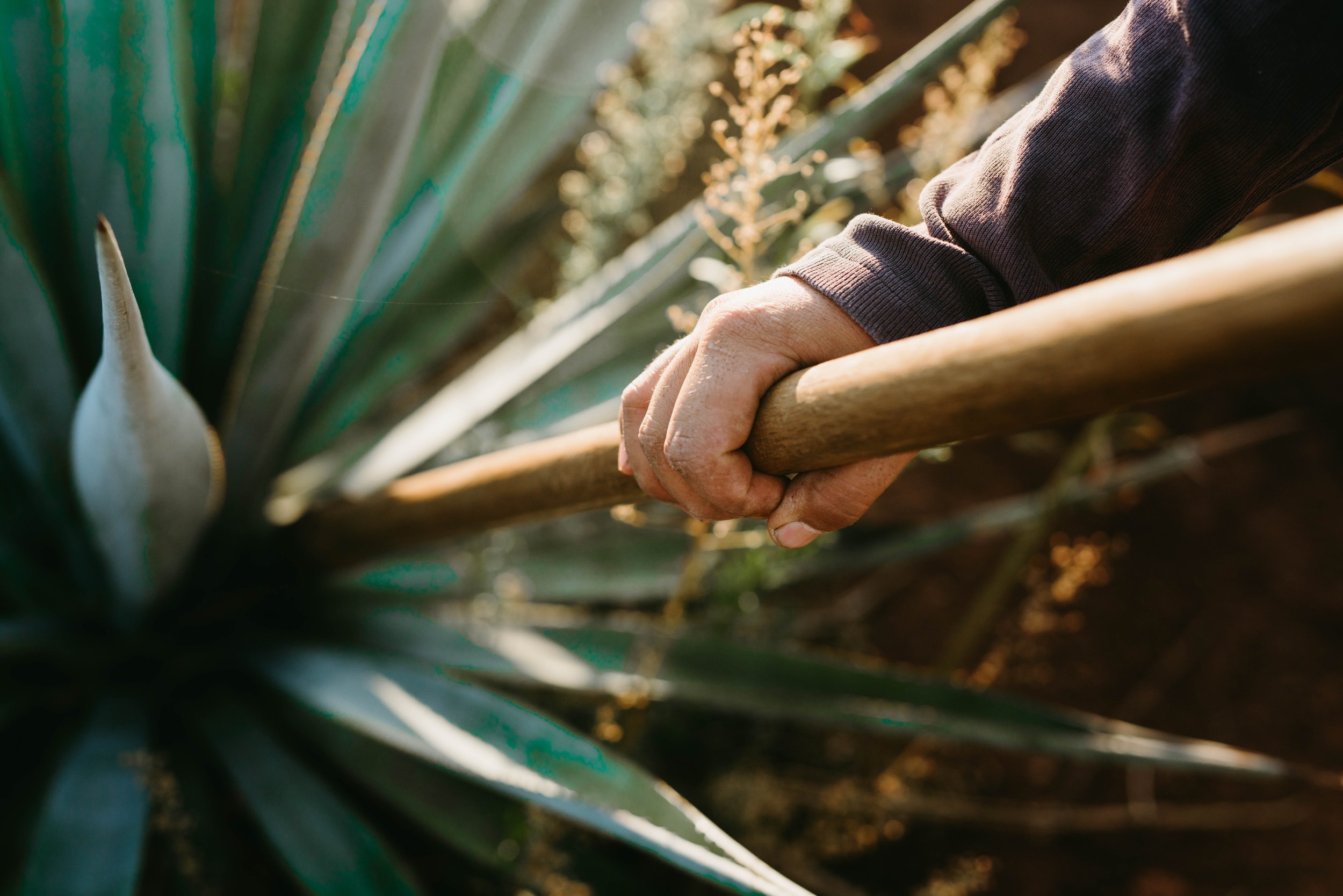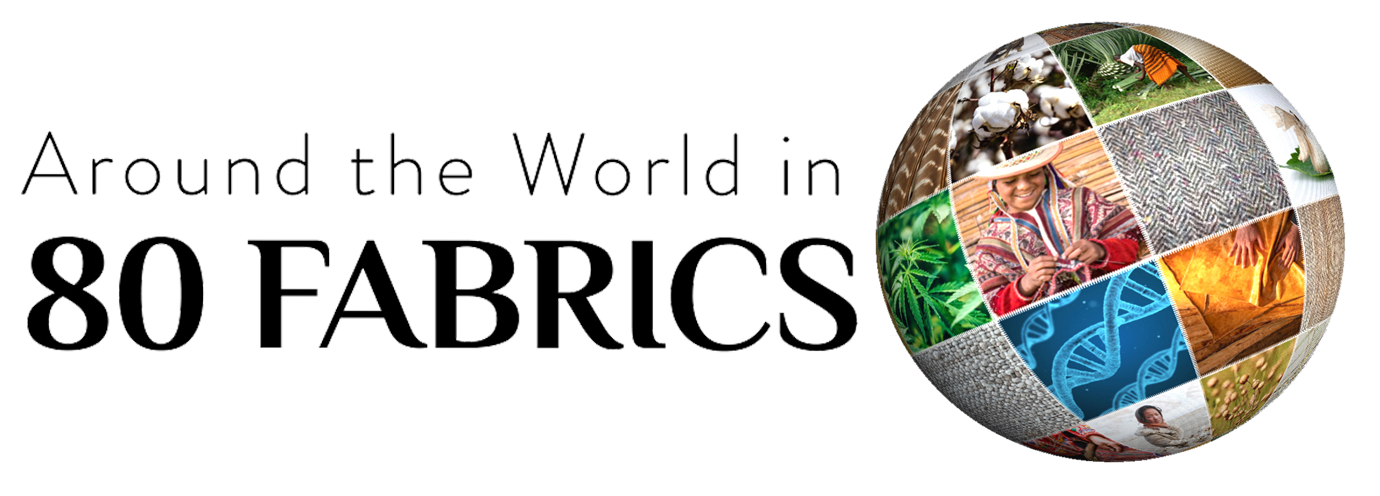
FABRIC: AGAVE FIBERS
Regions: Mexico
Fabric Name:
Agave Fiber
Origin:
Agave Sisalana, Agave Fourcroydes, Agave lechuguilla
Who made our fabric:
Unknown
Natural history and ecology:
The agave plant can be used to make agave syrup, biofuels, fertilizers, biodegradable plastic alternatives, tequila, and, of course… fabrics! There are actually 270 different types of agave plants and each species produces different fibers. Most agave fibers are rigid and coarse and thus need to be blended with a softer yarn in order to be used in textile fabrics and garments. The most popular Agave fiber for ropes and twine is sisal (𝘈𝘨𝘢𝘷𝘦 𝘴𝘪𝘴𝘢𝘭𝘢𝘯𝘢). Henequen fiber from 𝘈𝘨𝘢𝘷𝘦 𝘧𝘰𝘶𝘳𝘤𝘳𝘰𝘺𝘥𝘦𝘴 is also used for these purposes but yields a lower quality product than sisal. The major plantation fiber of eastern Mexico, 𝘈. 𝘧𝘰𝘶𝘳𝘤𝘳𝘰𝘺𝘥𝘦𝘴 is also used to make Licor del henequén, a traditional Mexican alcoholic drink.
What makes this so special: Agave plant is almost exclusively harvested by highly skilled workers known as jimadores.
In Mexico, one of the global centers of agave production, jimadores continue to use the same tools and techniques as their ancestors, and will cut and trim agave leaves by hand, one by one, using a flat-bladed knife tool called a “coa”.
The leaves are ready for harvesting from the 3rd year onwards and the older leaves with lengths not less than a meter are harvested. Each plant yields 40–50 leaves/year and has a life cycle of up to 8–30 years.
Agave as a fiber is strong, highly durable, and has a high affinity to humidity.
There are three major Agave fiber extraction methods:

